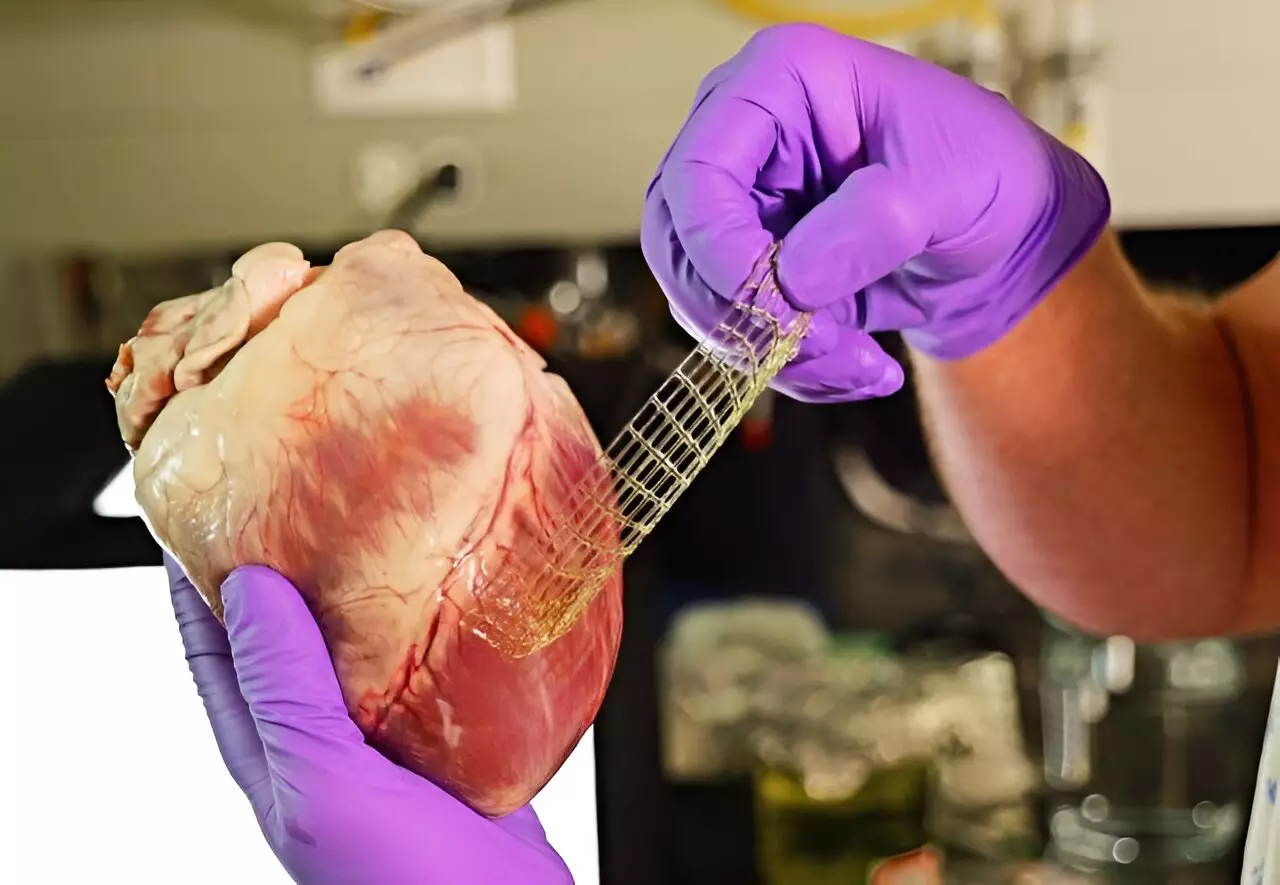Advancements in medical science often pivot on the ability to innovate materials that can mimic the complexity and function of human tissues. Within this arena, a collaborative effort led by researchers from the University of Colorado Boulder, along with peers from the University of Pennsylvania, has made remarkable strides. They have introduced a groundbreaking technique for 3D printing materials capable of mimicking the mechanical properties of living tissues—specifically, the dual demands of elasticity and strength. This article delves into the significance of this innovation, its practical applications, and the broader implications for both medical and environmental domains.
Understanding the Challenge of Tissue Engineering
The human body is an intricate network of tissues and organs that have varying demands for strength and flexibility. For instance, cardiac tissues endure constant mechanical strain due to the heart’s rhythmic contractions, while cartilage must withstand significant pressure without losing its shape. When these tissues sustain damage, they often lack the capability to self-repair, which highlights the urgent need for engineered materials that can facilitate healing and recovery. Traditional manufacturing methods, such as molding and casting, have been inadequate for producing custom implants tailored to individual patients. This limitation has led to an intensified research focus on 3D printing technologies, which promise a more adaptable approach.
Central to the recent advancement is a new 3D printing methodology termed CLEAR (Continuous-curing after Light Exposure Aided by Redox initiation). This innovative approach allows for the creation of hydrogels—materials that have shown promise for various biomedical applications—including artificial tissues and implants. Unlike conventional hydrogels that have struggled with durability and flexibility, the hydrogel produced through the CLEAR process is engineered to withstand both the stretching and compressive forces mimicking the operational conditions of bodily tissues.
A key insight driving this development emerged from studying natural entities like worms, which demonstrate the ability to twist and move through their surroundings due to their flexible yet robust structure. Researchers applied this principle by introducing entwined molecular chains in the printing process, thereby allowing the printed materials to manage loads effectively without fracturing. This novel approach significantly enhances how biomedical devices can be integrated into the human body.
The potential applications stemming from this technological advancement are vast. The newly developed materials can be envisioned to function not only as internal bandages that deliver therapeutic agents directly to damaged tissues but also as cartilage patches, bolstering joint repair, or even as needle-free sutures that minimize tissue trauma during surgical procedures. By enhancing recovery processes through innovative materials, healthcare professionals could facilitate better outcomes for patients with severe tissue injuries.
The research team envisions a future where such 3D-printed materials could serve multiple purposes, including stabilizing bulging discs, repairing heart defects, and offering enhanced support during recovery. Furthermore, the ecological footprint of the printing process remains a significant consideration. The CLEAR method eliminates the need for excessive energy inputs traditionally required for curing, marking a step towards more sustainable manufacturing practices in the realm of biomaterials.
A Promising Horizon for 3D Printing Techniques
The promise of CLEAR technology extends beyond healthcare. The implications for industrial applications are equally noteworthy, as this technique holds the potential to reform the mechanical properties of a wide range of materials, thereby addressing crucial manufacturing challenges. As researchers from the Burdick Lab plan further investigations into the interaction of these materials with biological tissues, the prospect of bridging gaps between medical innovation and practical applications in manufacturing stands within reach.
This collaborative effort represents a significant advancement in biomaterials engineering, pushing the boundaries of what is possible in tissue repair and regeneration. By leveraging cutting-edge 3D printing techniques, researchers are not just enhancing medical practices but are also opening avenues for more sustainable manufacturing. With continued exploration and innovation, the future of biocompatible materials looks promising, poised to make a transformative impact on patient care and beyond.


Leave a Reply